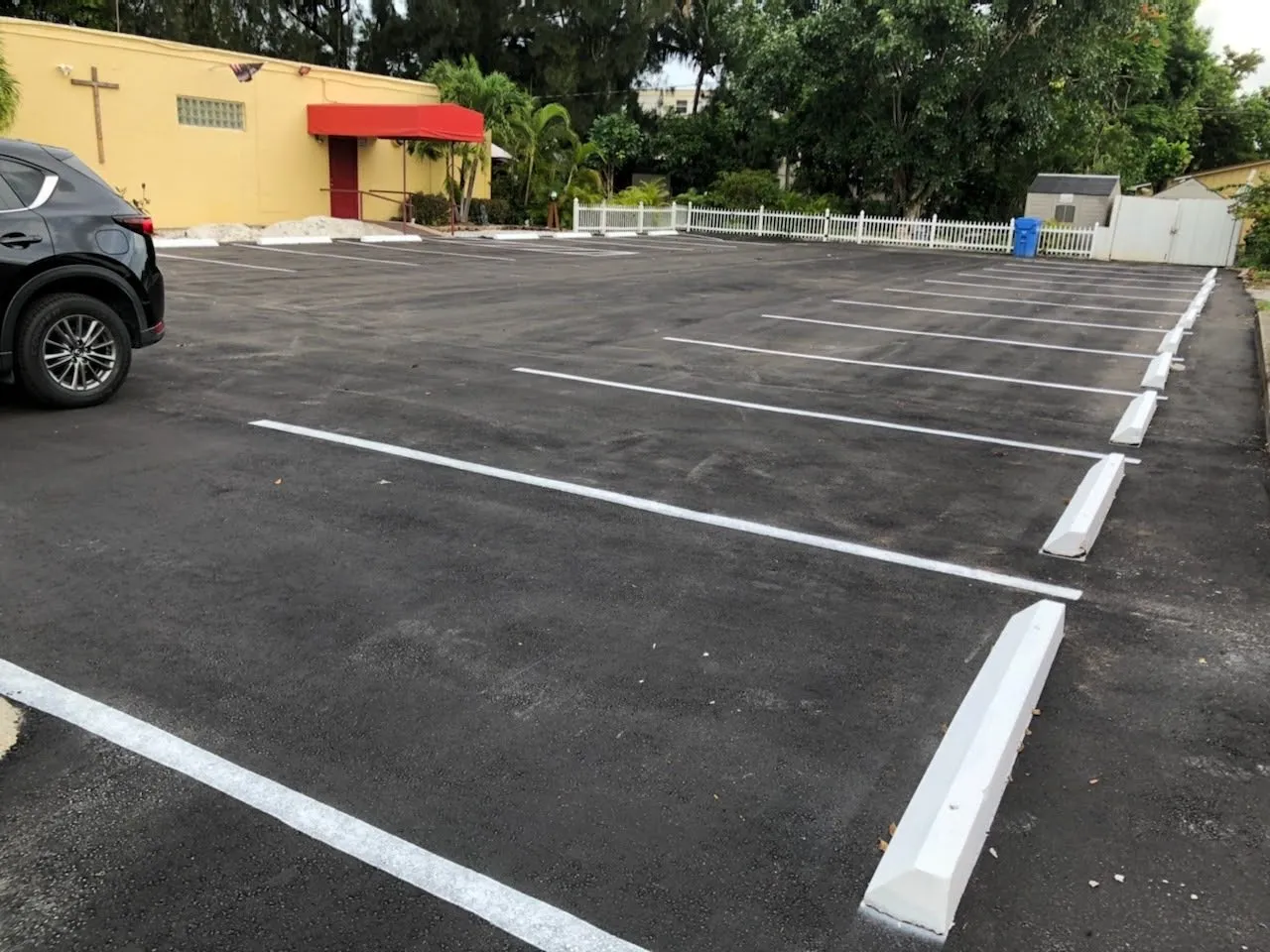Parking lot asphalt striping is a crucial aspect of organizing and optimizing parking spaces, ensuring efficient use of available area while maintaining safety and clarity for drivers and pedestrians. Whether you are a DIY enthusiast or a professional, following a step-by-step process ensures that your parking lot asphalt striping project is done effectively and accurately.

Preparation: Begin by thoroughly cleaning the parking lot surface. Remove any dirt, debris, or old asphalt striping paint using a pressure washer or a wire brush. This step is essential as it ensures proper adhesion of the new paint and a smooth surface for accurate asphalt striping .
Planning and Layout: Measure the dimensions of the parking lot carefully and create a detailed layout plan. Use measuring tapes, chalk, or masking tape to mark out the boundaries, parking spaces, and any designated areas such as handicap spaces or loading zones. Accuracy during this phase is crucial to avoid mistakes during asphalt striping .
Equipment Setup: Gather all necessary equipment including asphalt striping paint, an asphalt striping machine, chalk or string for layout marking, and any safety gear required such as gloves and goggles. Ensure the asphalt striping machine is calibrated according to the width of the stripes required for your parking lot design.
Application of Primer if needed: Depending on the condition of the surface and the type of asphalt striping paint being used, applying a primer may be necessary. Primer helps in enhancing paint adhesion and durability, especially on older or porous surfaces.
Asphalt striping Process: Load the asphalt striping machine with the chosen paint and begin asphalt striping according to the layout plan. Start with marking the boundaries and then move on to individual parking spaces. Maintain a steady pace and apply even pressure on the machine to ensure consistent line thickness and quality.
Allow Drying Time: Once the asphalt striping jacksonville fl is complete, allow the paint to dry completely before allowing any vehicles to use the parking lot. Drying times can vary based on the type of paint and weather conditions, so refer to the manufacturer’s guidelines for optimal drying times.
Finishing Touches: After the paint has dried, inspect the parking lot asphalt striping for any irregularities or areas that may need touch-ups. Use a small brush or roller to correct any mistakes or to enhance the clarity of the lines.
Clean-Up: Properly clean all equipment used in the asphalt striping process according to manufacturer instructions. Dispose of any leftover paint and materials responsibly, following local regulations.
Maintenance: Regularly inspect the parking lot asphalt striping for signs of wear and tear, and plan for periodic re-asphalt striping as needed to maintain visibility and safety.
By following these steps, both DIY enthusiasts and professionals can achieve effective and professional-looking parking lot asphalt striping. Attention to detail during planning, careful execution during application, and thorough follow-up ensure that the parking lot remains organized, safe, and visually appealing for all users. Whether you are asphalt striping a small residential parking area or a large commercial lot, a systematic approach guarantees successful results.